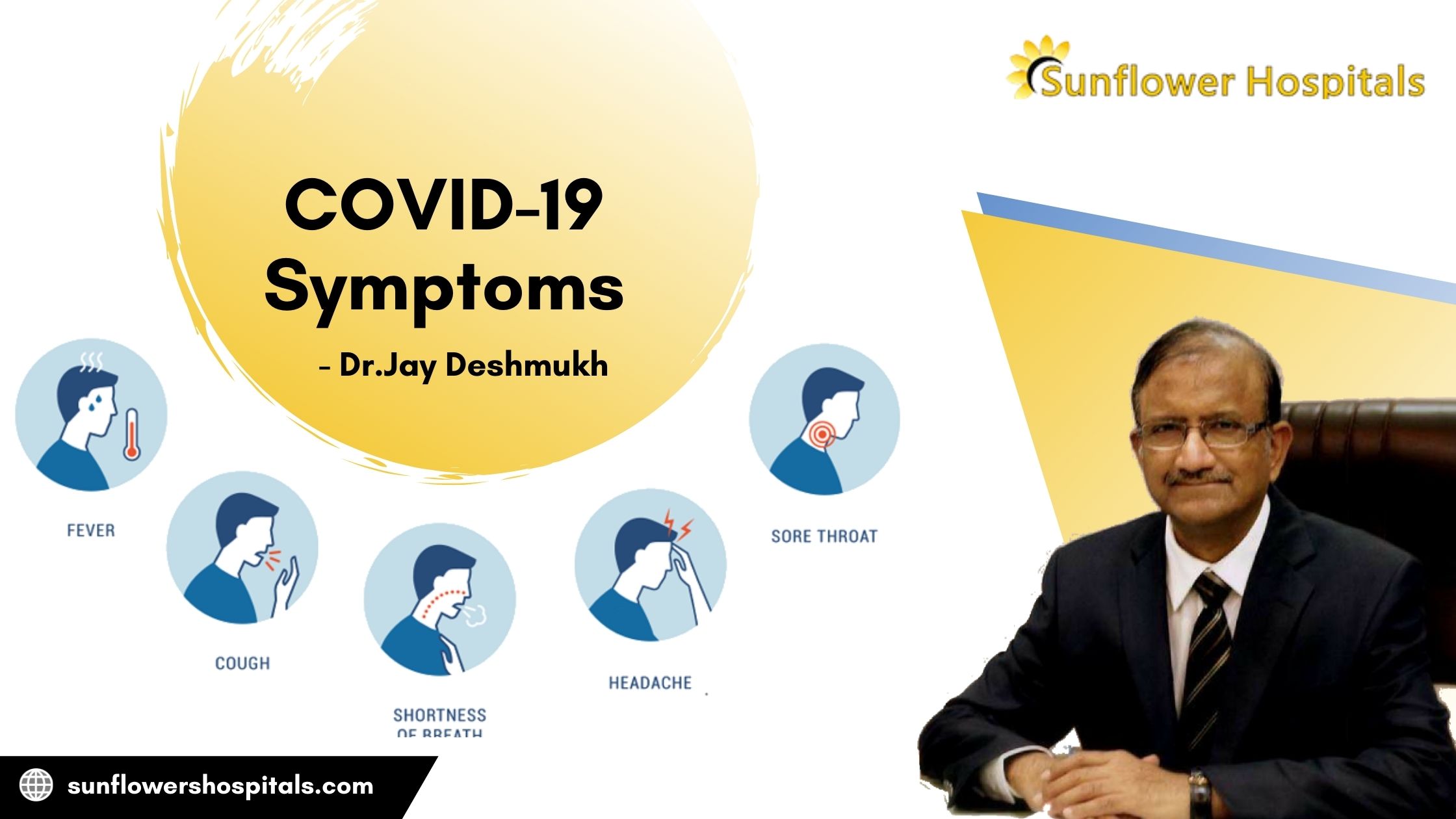Coronaviruses are important human and animal pathogens. In the Hubei Province of China in Wuhan city, a cluster of pneumonia patients was identified. The virus spread rapidly in the form of an epidemic in China and spread throughout the world. In February 2020, the World Health Organisation designated the disease Covid-19, which stands for coronavirus dis-ease 2019. The virus that causes Covid-19 is designated as severe acute respiratory distress syndrome coronavirus 2. ( SARS-CoV -2)
What is the incidence of individuals with the infection without symptoms?
On a cruise ship, almost 70% of individuals with the virus had no symptoms. This was reported in March 2020. In the US in a skilled nursing facility, almost 56% had no symptoms initially. In some, patients can have a positive RT-PCR test without symptoms. They can have symptoms 4 to 5 days later. What is the spectrum of severity and case fatality rates? In a report from the Chinese Center for Disease Control and Prevention wherein 44,500 confirmed infections were studied, 81% had a mild fever or mild pneumonia. In 14% there was more than 50% lung involvement on CT scan of the chest. These individuals had breathlessness and low oxygen levels in their blood. Critical dis-ease in terms of respiratory failure or shock or multi-organ involvement was seen in 5% individuals. The overall case of mortality was 2.3%. The mortality rates differ in different countries and may differ in different cities in the same country. The mortality depended upon the age of the individuals and associated illnesses.
What are the risk factors for severe illness?
Severe illness can occur in any individual of any age, however, it predominantly occurs in adults of advanced age and other accompanying illnesses. The illnesses associated with critical illness and increased death are many. These include cardiovascular illness, Diabetes Mellitus, Hypertension, Chronic lung disease like COPD, chronic tuberculosis, asthma, and lung fibro-sis. Chronic kidney diseases, Obesity and smoking can increase the severity of Covid-19 diseases. Individuals with blood cancers, lymphoma, and metastatic diseases can have an increased risk of severe coronavirus infection.
What are the particular laboratory features associated with the worst outcomes?
A significant decrease in lymphocytes, low platelet counts are associated with the worst outcomes. Elevated liver enzymes, LDH, C reactive proteins, elevated ferritin levels are associated with an increased risk of mortality. Elevated troponin, CPK, elevated D-dimmer, elevated prothrombin time, and acute kidney injury are associated with poor prognosis.
What is the range of associated symptoms?
In the United States in a report of over 370,000 con-firmed Covid-19 cases with known symptom status, the cough was present in 50% cases. About 43% of cases had a fever of 100 degrees E Body ache and headache was observed in about 34% cases. Breathing difficulties in about 29%, sore throat in 20% diarrhea in 19% and nausea, vomiting in 12%. Loss of smell, taste, abdominal pain, and running nose in less than 10% individuals.
What about severe complications of Covid-19 infections?
Acute Respiratory Distress Syndrome usual-ly manifests shortly after the onset of breathless-ness. Acute cardiac injury, irregular heartbeats and shock occur in about 17 to 9%. Thrombus formation and its embolic complications have been seen even in individuals below 50 years without predisposing factors.
What about inflammatory complications?
Some have evidence of exuberant inflammatory response-This is associated with increased inflammatory and pro-inflammatory cytokines. These lab-oratory anomalies are associated with severe illnesses and increased death rates.
What about secondary bacterial or single infections?
The incidence is less. About 8% of individuals may have bacterial or fungal infections. Invasive aspergillosis has been reported.
Can COVID-le be prevented?
There is not yet a vaccine to prevent this viral infection. But you can take certain steps to prevent them. Practice physical distancing. It means staying away from all people who do not live in your household. Avoiding crowds is an important aspect of social distancing. Wearing a mask when you go out is strongly recommended. Make sure that you do not touch your eyes, nose, or mouth after you remove your mask. Washing your hands with soap and water, particularly after you touch door handles, mobile phones, and rail-ings is recommended. Avoid traveling if you can. In some areas, 14 days of self-quarantine is suggested by health authorities.
What can I do to cope with stress and anxiety?
You can take care of your-self by trying to take breaks from the news. Get regular exercise and eat healthy foods. Try to find activities that you enjoy and can do at home. Stay in touch with your family and friends. The worst is still not over. Have patience, resilience, and a strong mind and will power. Be kind to others. This long break should help us to do some introspection in all aspects of our life. We can still fight this epidemic as our forefathers fought against the plague and the Spanish flu.
Author: Dr Jay Deshmukh
Dr Jay Deshmukh is Chief Physician and Director, Sunflower Hospital, Nagpur Honorary Physician to Honorable Governor of Maharashtra and PondicherryCentral. Dr Jay Deshmukh is an M.B.B.S., M.C.P.S., F.C.P.S., M.N.A.M.S., MD From Internal Medicine – Bombay and New Delhi.


